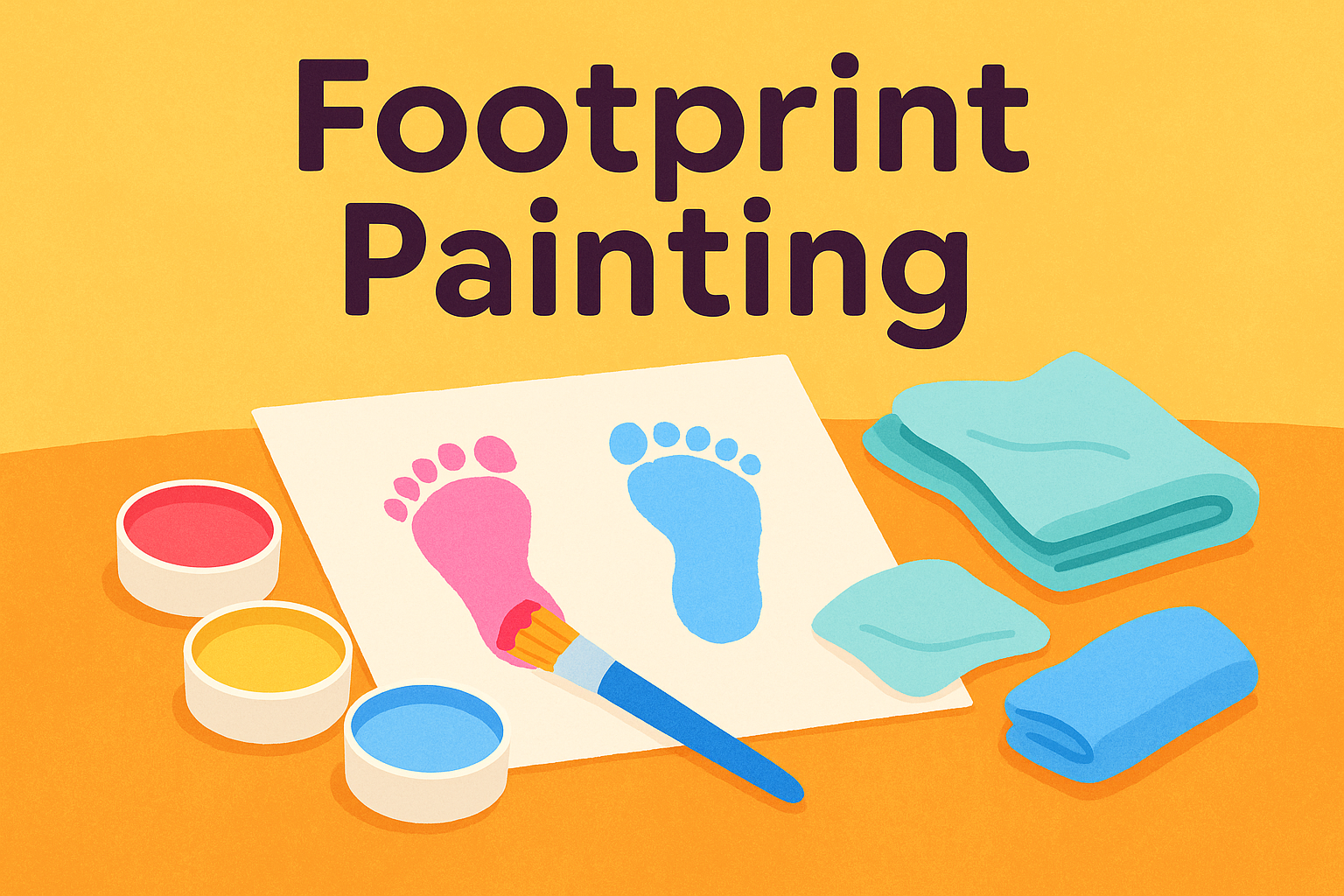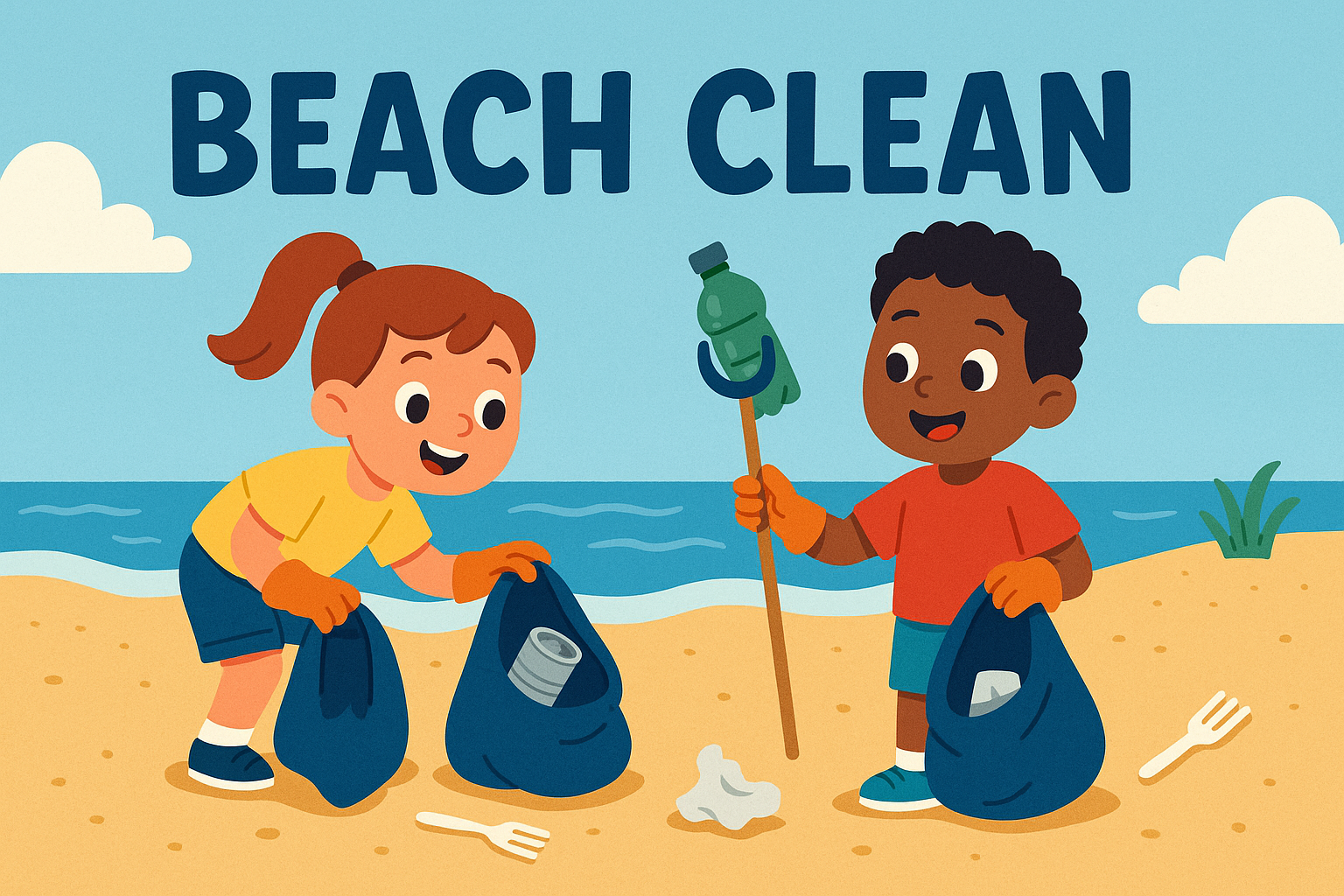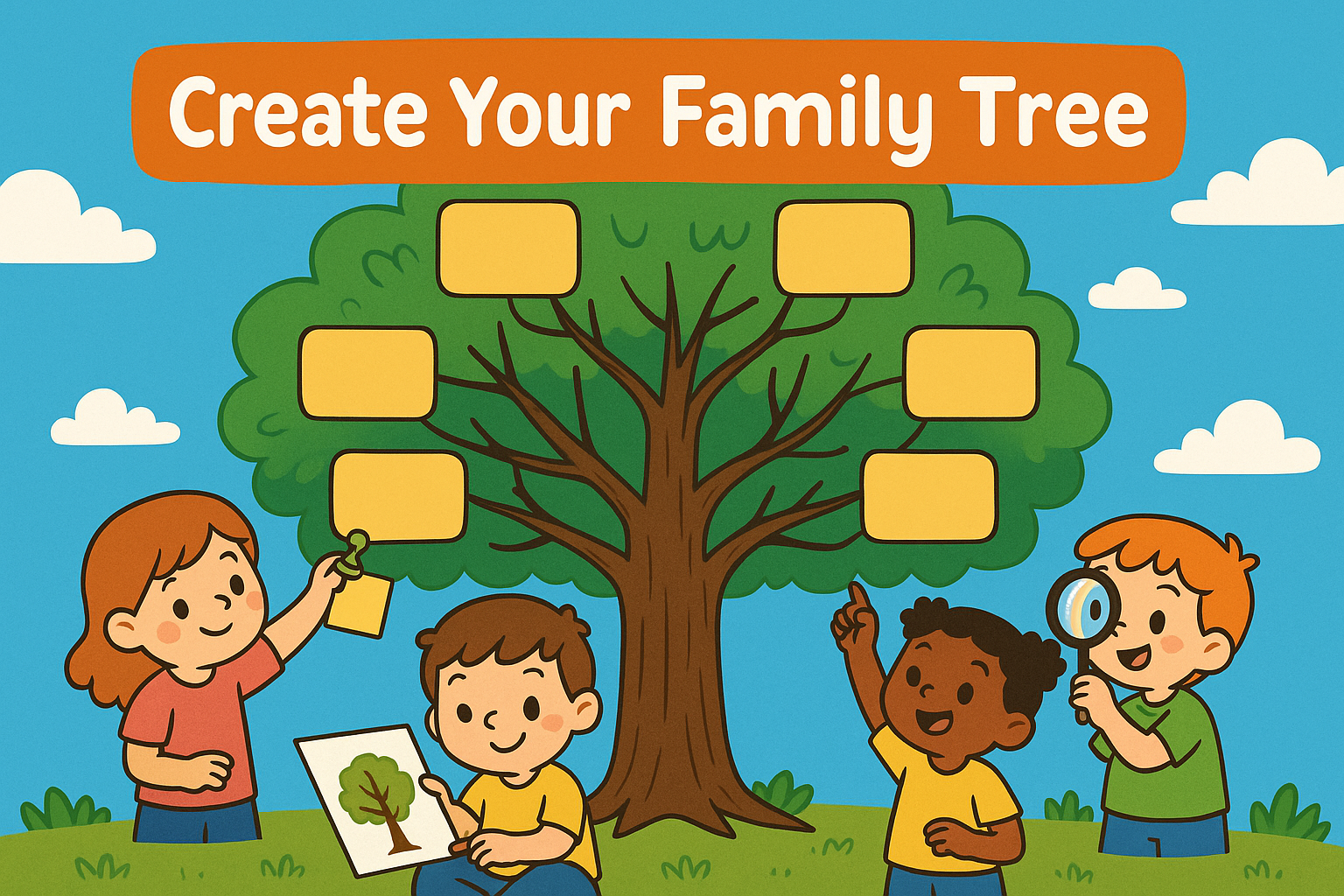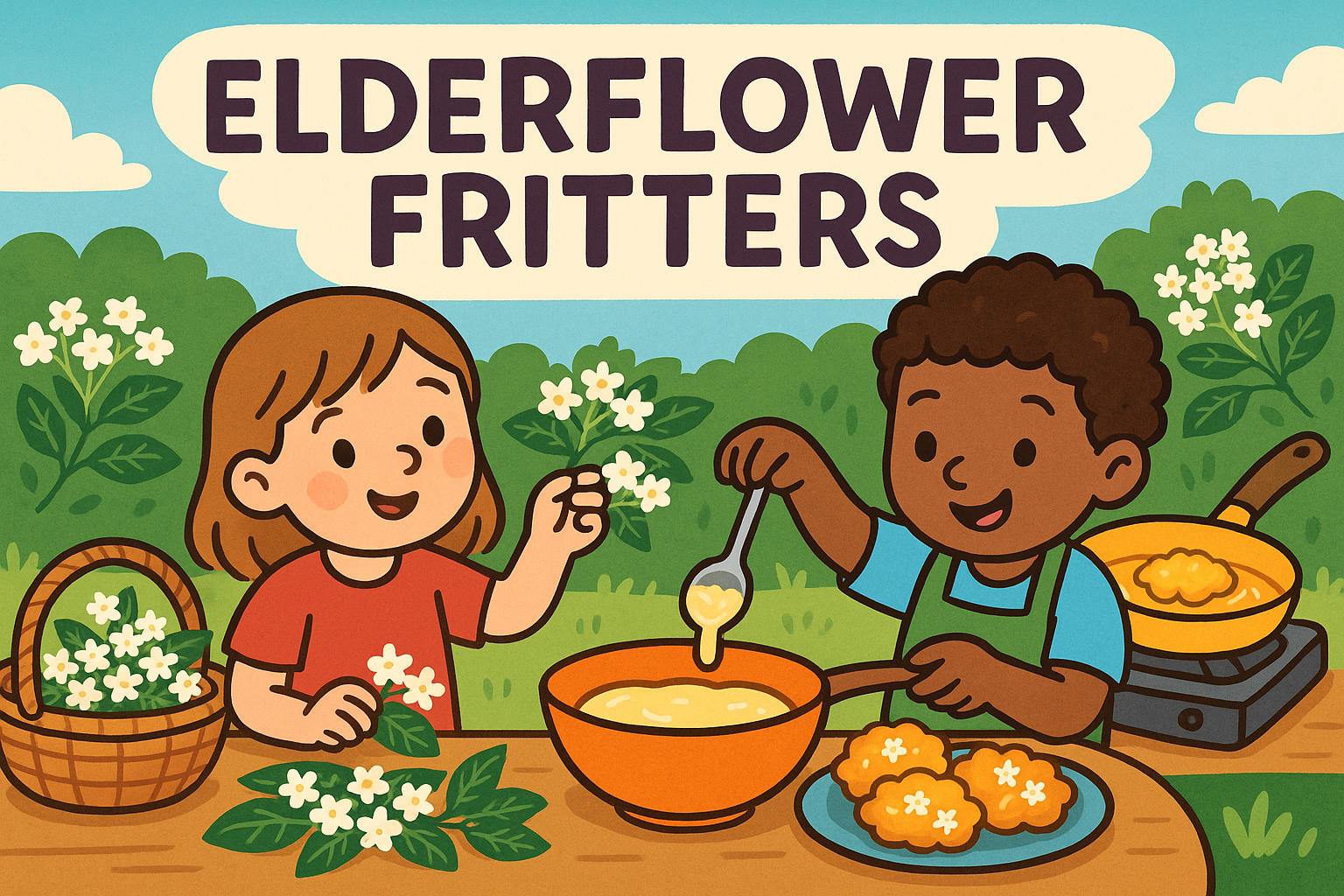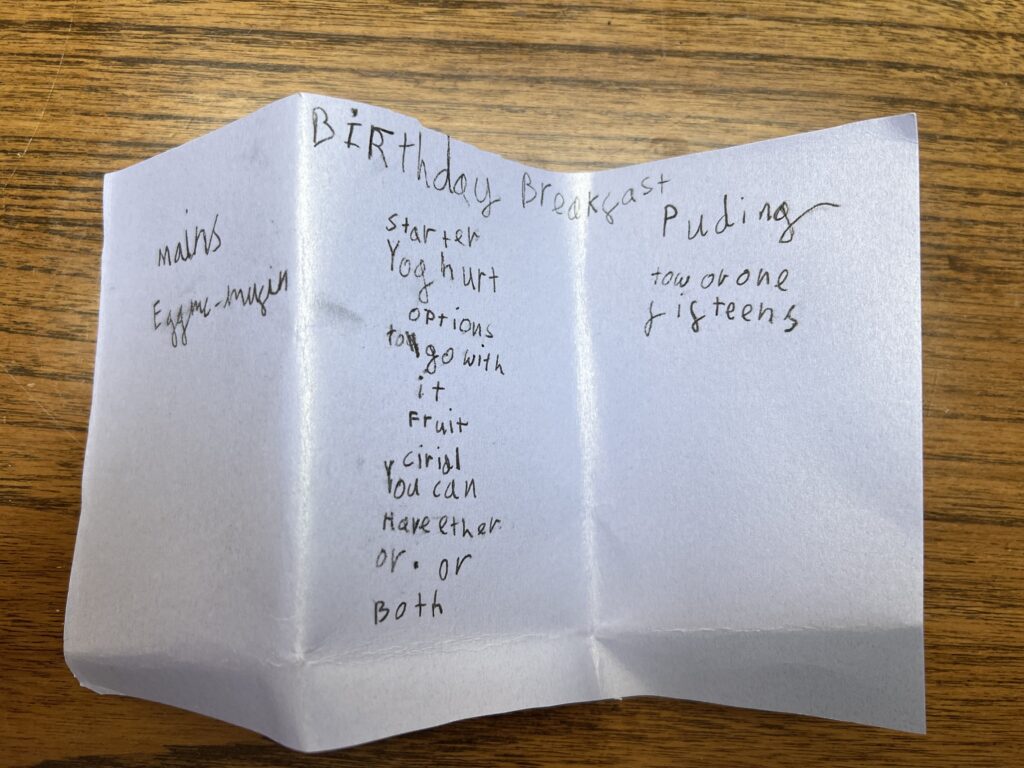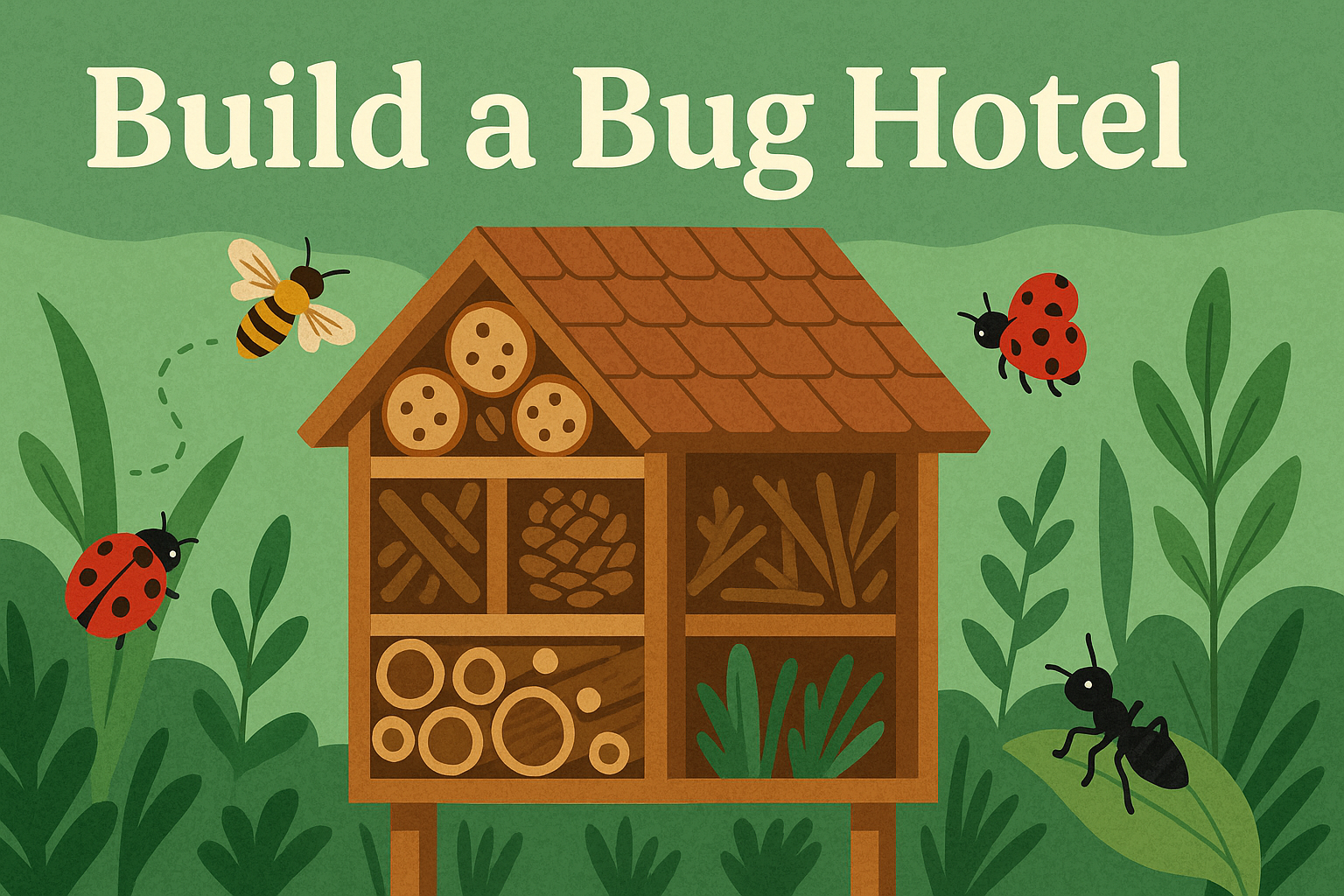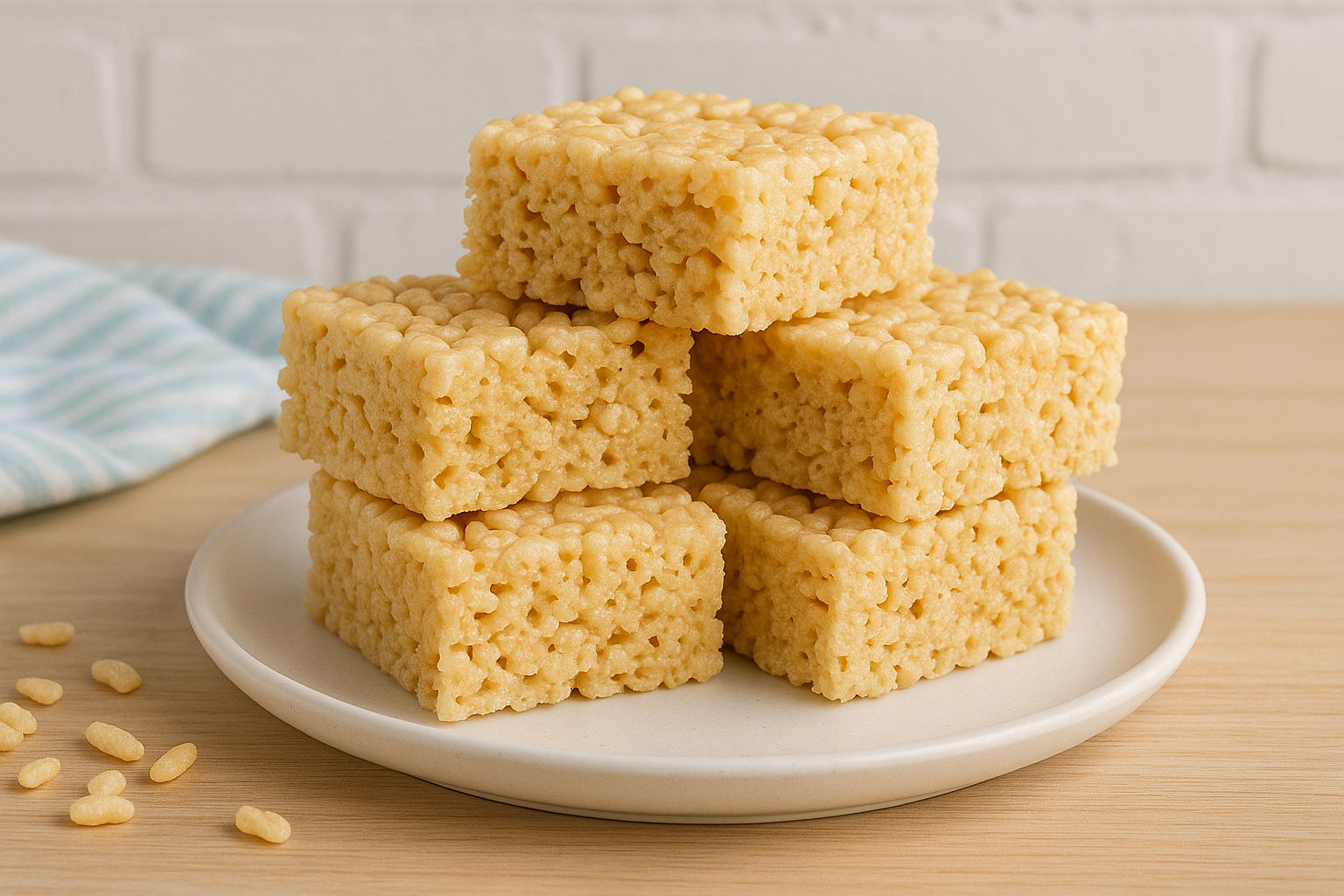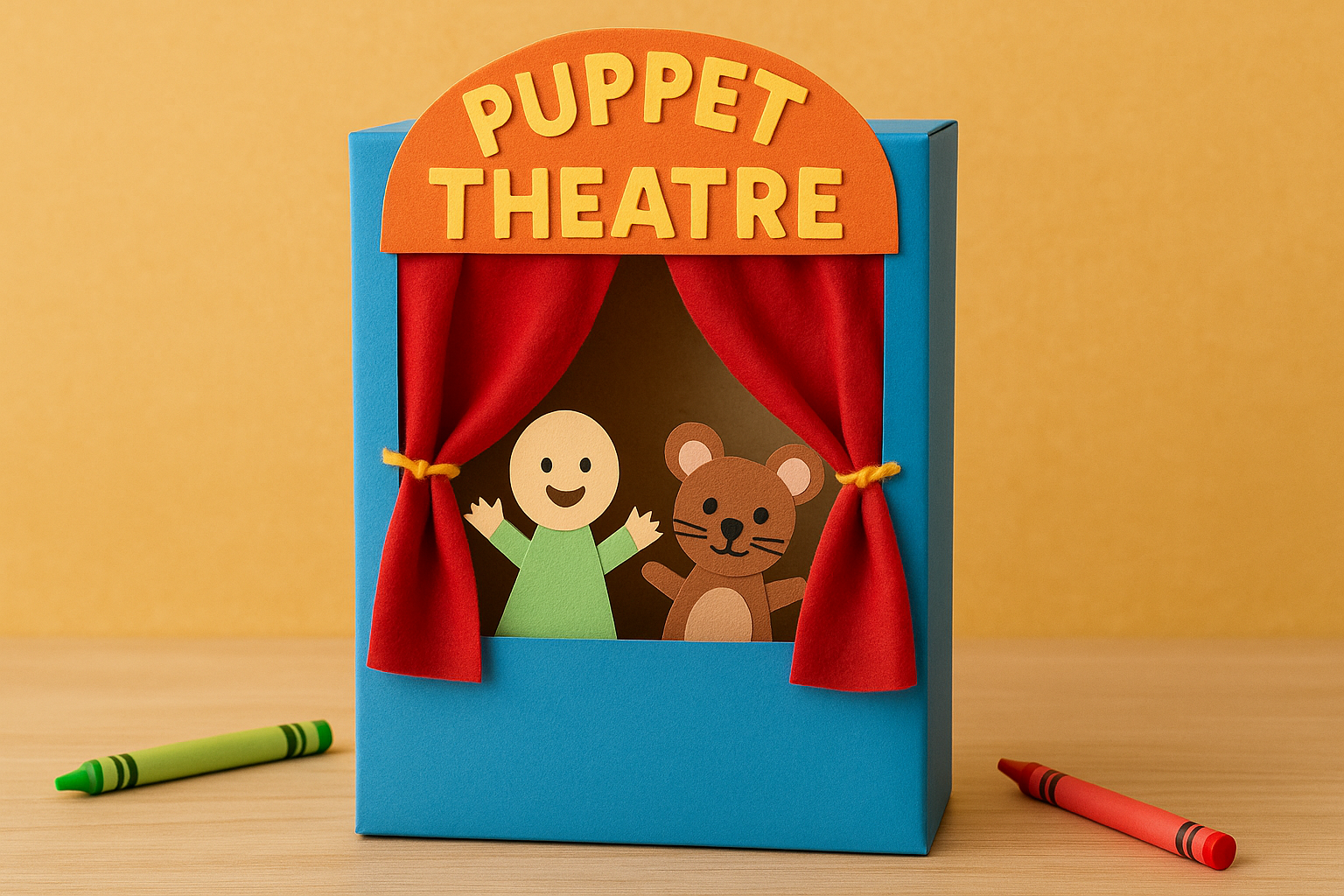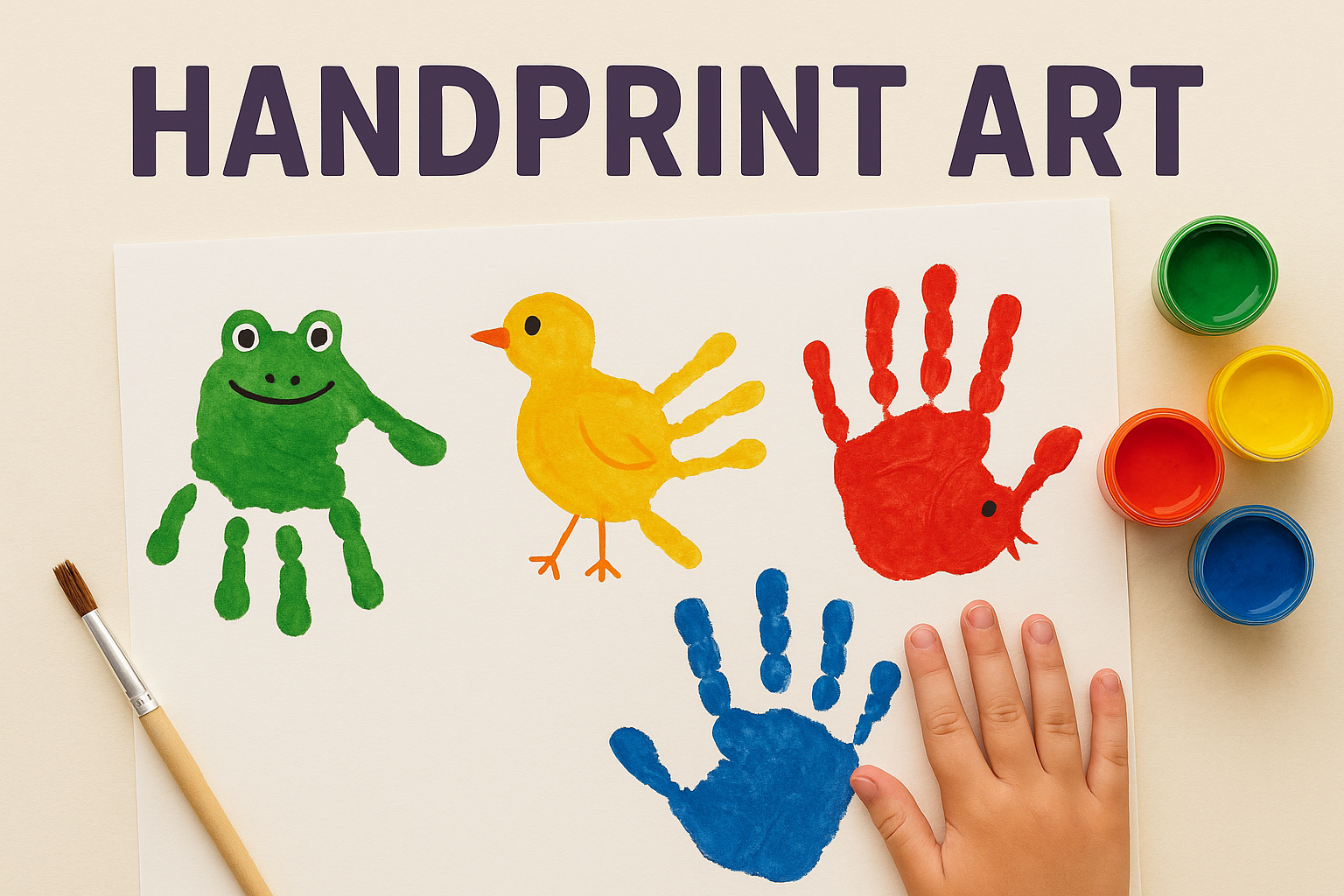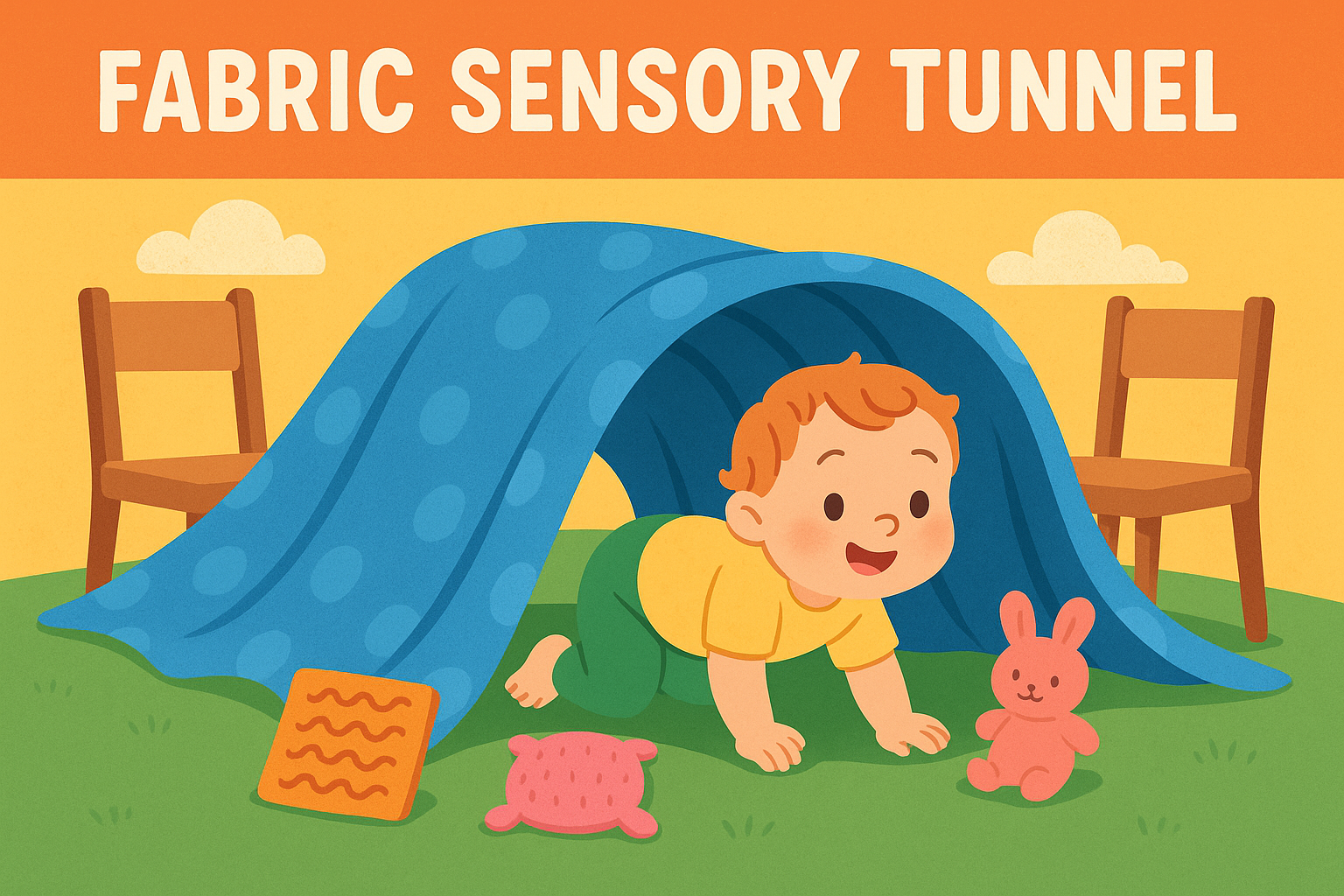Footprint painting is a playful, sensory art activity that introduces babies to colour, texture and movement in a gentle, supervised way. By painting the soles of their feet and pressing them onto paper, little ones start to build awareness of their bodies while also enjoying the tickly sensation and bright colours.
It’s also a beautiful way to create keepsakes — whether it’s a rainbow of tiny prints or a one-off for a card or frame. While it’s a bit messy, it’s easy to set up and keeps clean-up manageable with a bit of preparation.
Materials Needed
- Washable, non-toxic baby-safe paints
- Paintbrush or sponge
- A4 or larger paper
- Baby wipes and towel for clean-up
- Protective mat, old newspaper or plastic sheet
Tools Needed
- None
Steps
- Set Up the Area
Lay down newspaper or a splash mat to protect your surface, and keep baby wipes and a towel nearby. - Prepare the Paint
Pour a small amount of paint into a tray or onto a palette. - Paint the Feet
Use a soft brush or sponge to gently apply a thin layer of paint to the soles of your baby’s feet. - Make the Prints
Carefully press each foot onto the paper. You can make one big print, a trail of prints, or layer different colours for fun effects. - Talk as You Go
Describe what’s happening: “This feels tickly!”, “That’s your blue foot!”, “Look at the shape we made!” - Clean Up
Use wipes and a towel to clean feet straight away, and wash hands if your baby has been exploring the paint too.
Variations
- Seasonal Prints: Turn footprints into themed art like hearts, flowers, or reindeer hooves for cards or gifts.
- Handprint & Footprint Combo: Try combining handprints and footprints on one page for added variety.
- Colour Mixing: Use two or three colours to explore blending and overlapping shapes.
- Frame It: Mount your favourite print on card and frame it as a keepsake or gift.
Safety Tips
- Always supervise closely — babies may want to explore the paint with their hands or mouths.
- Use only baby-safe, non-toxic, washable paints.
- Keep the floor non-slip and support your baby securely throughout.
- Clean up promptly to avoid irritation or paint drying on skin.

